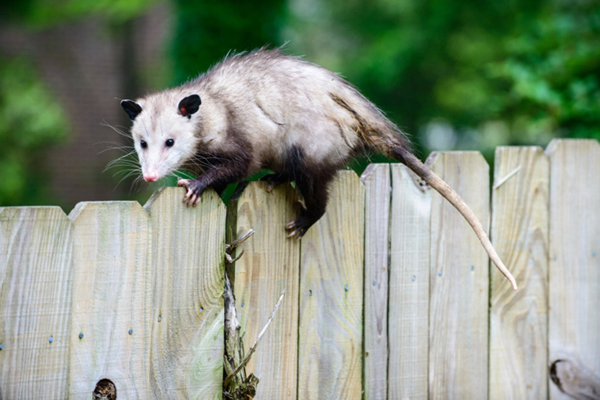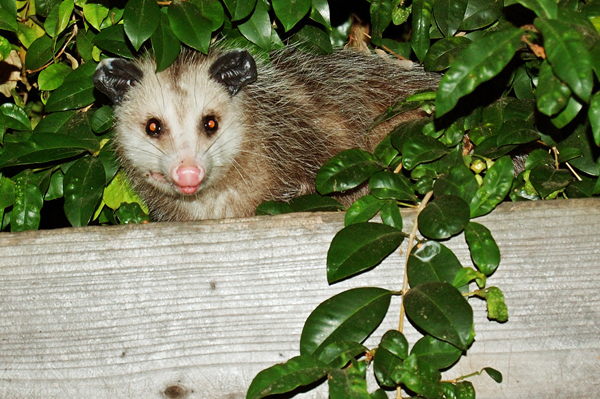The Story of the North American River Otter (Lutra canadensis)
 The River Otter! What an interesting animal. No wonder they are the center of so much attention. Otters were largely absent from a big part of mid-America by the 1900s, due to more than 200 years of unregulated harvest and habitat changes. Thanks to a partnership between trappers and wildlife managers, we can once again kiss these babies hello, because we are in the middle of an unbelievable river otter comeback! Nearly 4,000 healthy otters have been trapped and moved to new homes in 18 states in one of the most successful predator restoration programs ever.
The River Otter! What an interesting animal. No wonder they are the center of so much attention. Otters were largely absent from a big part of mid-America by the 1900s, due to more than 200 years of unregulated harvest and habitat changes. Thanks to a partnership between trappers and wildlife managers, we can once again kiss these babies hello, because we are in the middle of an unbelievable river otter comeback! Nearly 4,000 healthy otters have been trapped and moved to new homes in 18 states in one of the most successful predator restoration programs ever.
Sixty years after most state agencies began the art and science of modern wildlife management, the long list of wildlife restoration success stories now includes river otters. The task began back in 1976 when Colorado biologists moved a few wild-trapped otters from Minnesota. Then they discovered a Cajun from Louisiana named Lee Roy Sevin and his wife Diane. The Sevins have an unusual business – buying live river otters caught with foothold traps in the surrounding marshes, where otters are abundant. They keep the pregnant females in captivity just long enough for them to give birth to a litter of pups in the spring, and then release the adults back into the marsh while hand-rearing the otter pups for zoos.
Beginning in the 1980's, wildlife managers set plans in motion to bring the adult, wild-trapped otters to Missouri, Iowa, Illinois, and other states where otters once existed, to be released into new homes to restore populations. The first releases included otters with radio transmitters that allowed us to monitor their success in their new homes. They did extremely well, and we set about our business to restore otters throughout the waterways of the Midwest, the Northeast, and the Mid-Atlantic states. Not all otters used in the restoration efforts came from Louisiana; many eastern states are trapping and moving their own otters from areas where they occur to areas where they are absent. However, thanks to their efforts, Lee Roy and Diane are known as the Godparents of otter restoration in the United States, having shipped more than 2,400 otters to different states for restoration programs!
In almost every state, even dusty Arizona, these programs have met with tremendous success, and have been wildly popular with the public. As an example, Missouri’s otter population is now estimated at more than 8,500 and growing, and a carefully regulated trapping season is now possible. Tennessee, Kentucky, Iowa, and other states with large otter restoration projects consider them to have been huge successes and otters are no longer endangered in most of these states. For the remainder of the states, success stories are just a matter of time.
River otters are not federally endangered, although in a handful of states they may still have a state-endangered status until the restoration programs are complete. One confusing aspect of the river otter’s status stems from its listing on the Convention for International Trade of Endangered Species, known as CITES. This treaty listed North American river otters on Appendix II simply because they look somewhat like otters from other continents that may be endangered. Pelts of abundant river otters could become confused with pelts of endangered otters from other continents if trade was not carefully regulated. So we tag every single otter from the United States that enters the international fur trade with a small CITES export tag, and that helps to ensure protection for other otters around the world. A CITES tag on fur pelts traded internationally indicates that the pelt comes from animals whose populations are not endangered, but are abundant and being carefully monitored and scientifically managed. Properly regulated trapping seasons such as we have now in 29 states are no threat to river otter populations. Otter populations are believed to be either growing or stable in 46 out of the 47 states where they are currently known to exist!
Importantly, virtually every otter used in these restoration programs was captured in the wild by people using foothold traps. These animals had to be healthy to have led to the successes we’ve witnessed. These are the same traps used by licensed trappers to capture wildlife!





